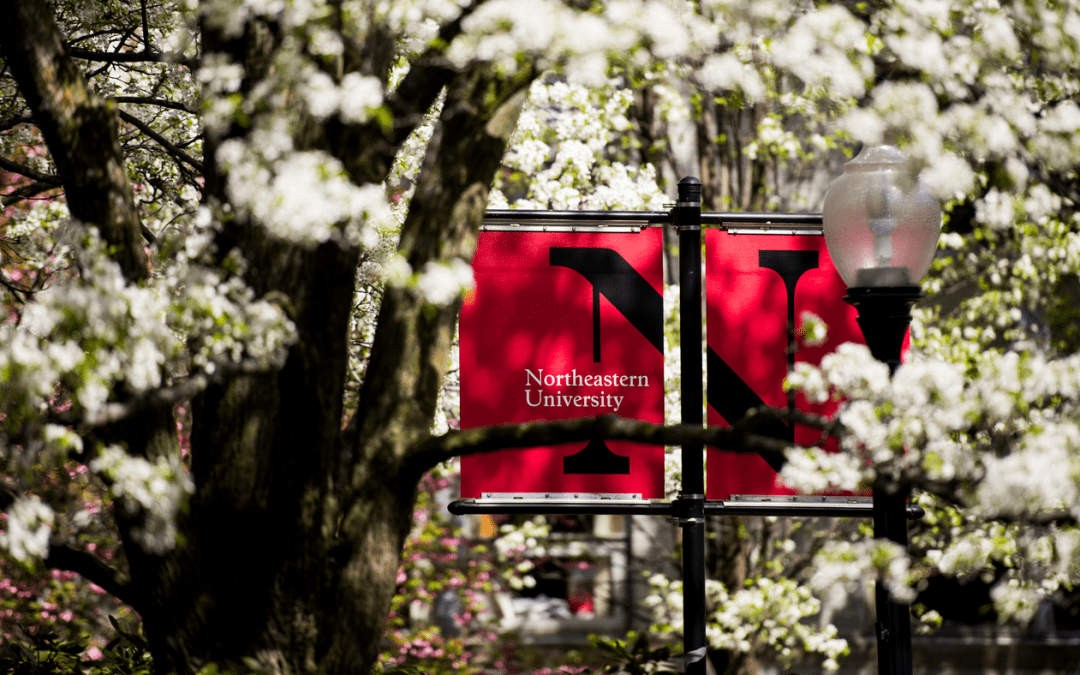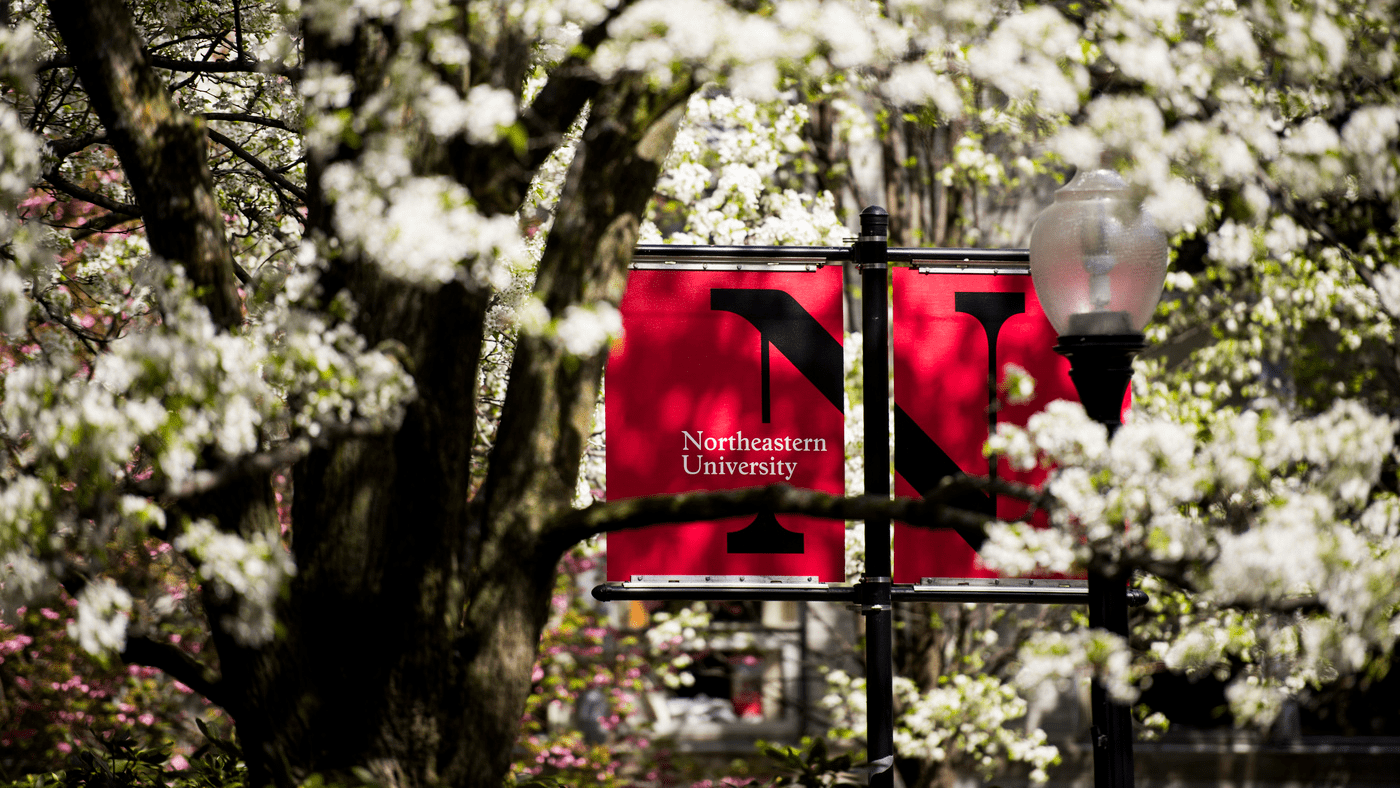Paul Whitford, professor of physics, has been using the Discovery Cluster to understand the molecular properties that enable biological function and disease processes. Using the Discovery Cluster to perform large and complex calculations allows Paul to explain, and even predict, what biological systems will do. Thinking about biology from the perspective of physics is more exploratory and has been enabled by the HPC resources at Northeastern University, specifically the Discovery cluster.
What’s really nice with Discovery and support from the NU RC Team is that my students can test new and creative ideas, rather than just be focused on, “Is it the right answer or not?” This gives us the freedom to pursue high-risk high-reward calculations that don’t always work on the first try. Having a resource like Discovery lets us explore and find solutions, even if it takes a few attempts. We always learn something in the process; the students learn, the field learns, and it’s only because we can explore so freely.
In early 2020, when the pandemic started, little was known about the virus, how it was spreading, or how to stop it. Paul’s lab was already studying the spike protein, so once that was identified as part of the virus’s structure, Paul was able to make early connections between the spike protein and how the SARS-CoV-2 virus was attaching to and infecting cells. Paul explained, “At that time, we were saying, well, can we understand how the virus actually works if we know these structures, can we predict the dynamics of how this virus will work? Can we identify where its weak points are? So, because of resources like Discovery, we were able to just put our ideas into action very quickly.” (If you’re interested in learning more about the science of how this happens, you can find more information here,) Paul was able to complete his first paper about the SARS-CoV-2 spike protein in 2020, publishing in 2021, and he credits the Discovery Cluster as being one of the reasons they were able to complete their work so quickly, “We tried a lot of different ideas and were able to look at thousands and thousands of different events of the system and we ended up identifying some very precise signatures of how structural elements actually governed the infectivity or can influence infectivity.” The lab’s 2021 paper has led to other high-profile collaborations.
If you’re curious about using the Discovery Cluster for your research or in your courses, Paul’s advice is, “Talk to the RC Team and they will get you oriented and make sure you know how to use it really well and make the most out of it. Never rely on a computer in your closet. It will be life-changing when you move to the cluster from your own personally-managed resources. As someone who’s managed multiple clusters, I can tell you that with certainty. You don’t have to do anything besides science when you go to Discovery.”
As Paul indicated, the Research Computing team is available to help get you started and comfortable using the HPC Cluster for your research or courses. If you want to learn more about using the HPC Cluster in your course, you can review our Courses FAQ, or reach out to the team. You can contact the team in whatever way is most convenient for you: send an email, join Office Hours for a quick (10-15 min) chat, schedule a consultation, or submit a ticket using the RC ServiceNow catalog.
Learn More
- How SARS-CoV-2 infects cells with its spike protein
- New insight into antibody shows how it could offer sweeping protection against evolving SARS-CoV-2 virus
- Scientists Discover Opportunity To Disrupt SARS-CoV-2 Dynamics, Prevent COVID-19 Transmission
- Unraveling SARS-CoV-2: Paul Whitford and Team Decode Viral Entry Mechanisms to Pioneer Next-Generation Vaccine Innovations
- Whitford Group: Describing the SARS-CoV-2 Spike protein
- Whitford Group Publications




